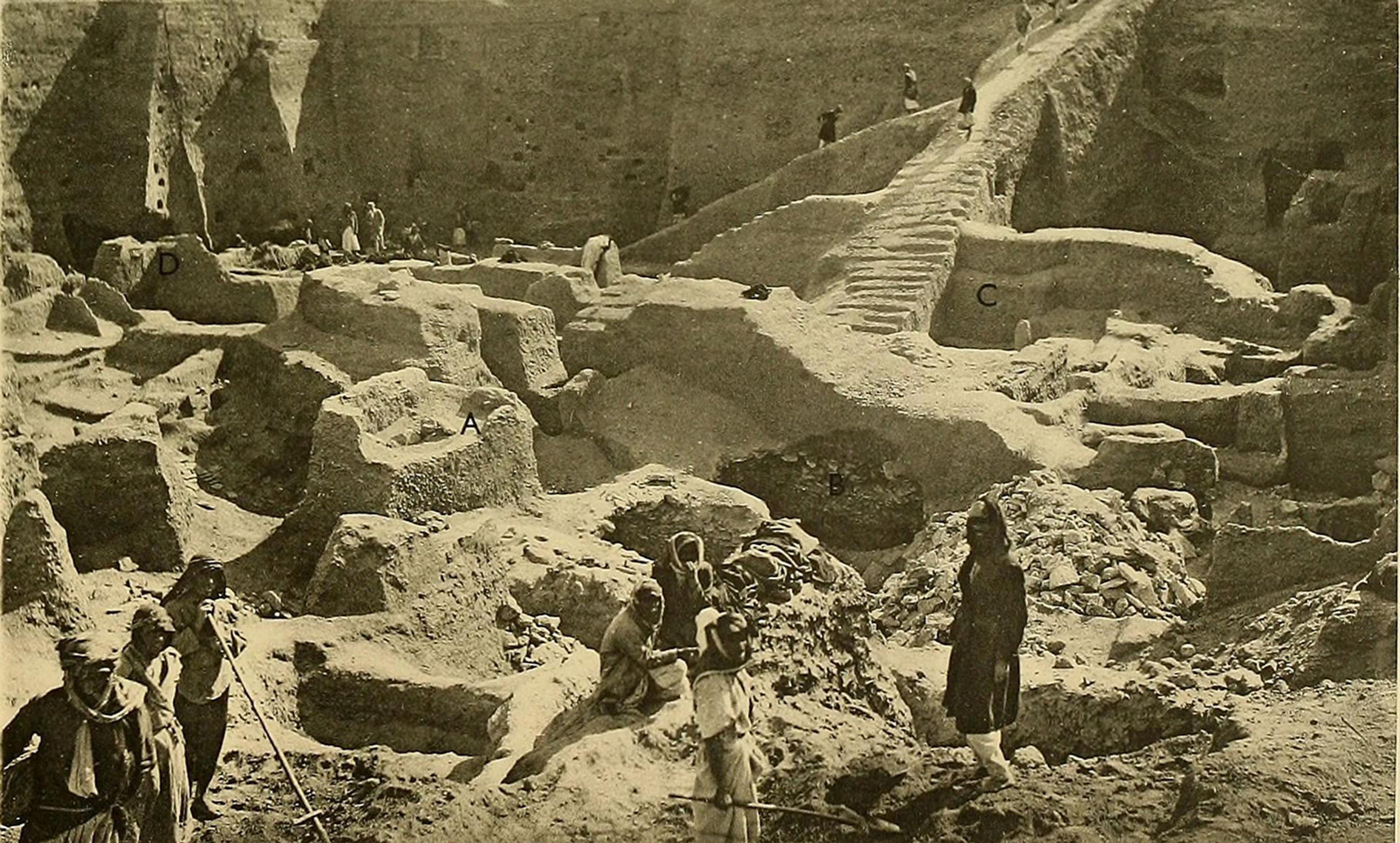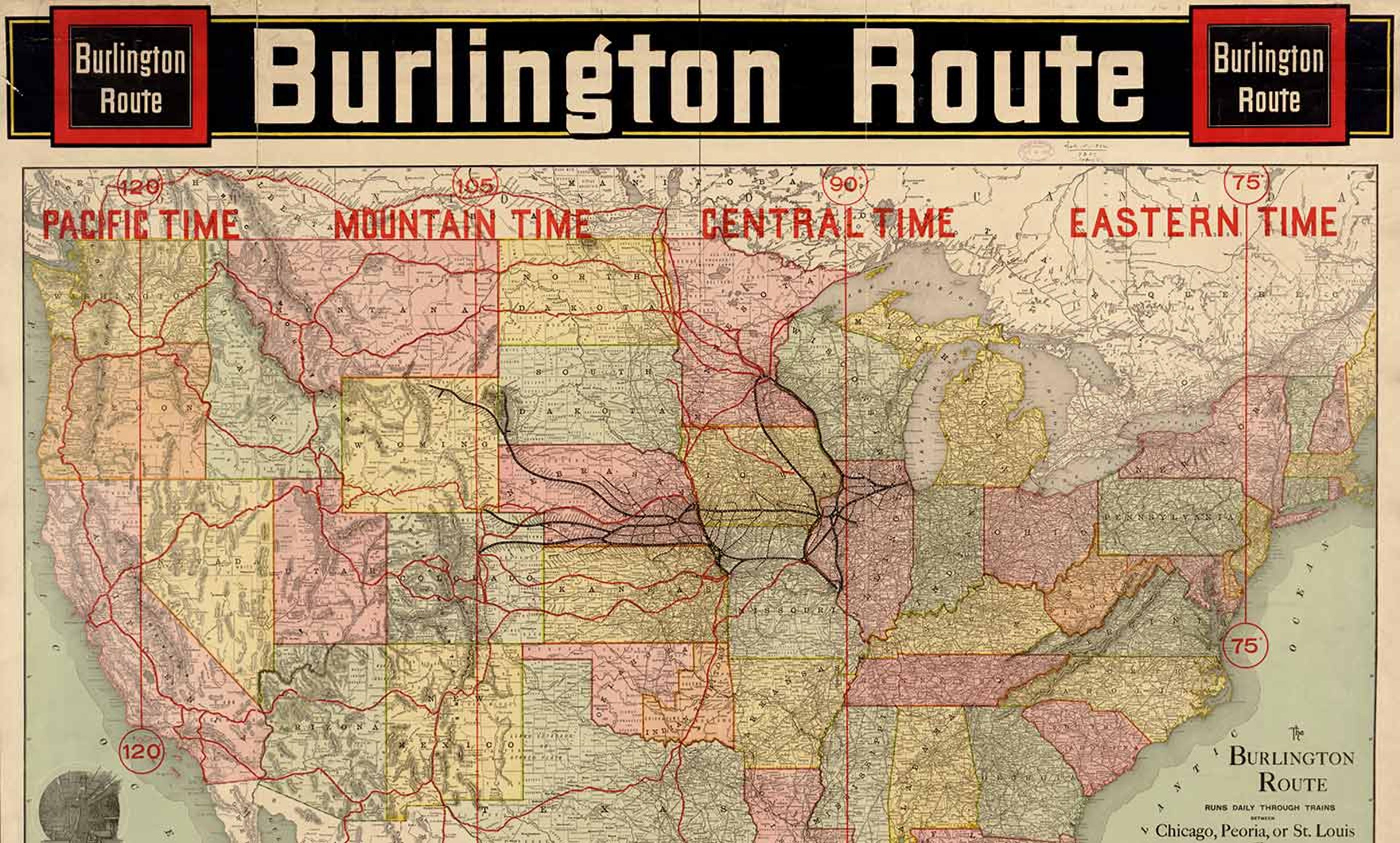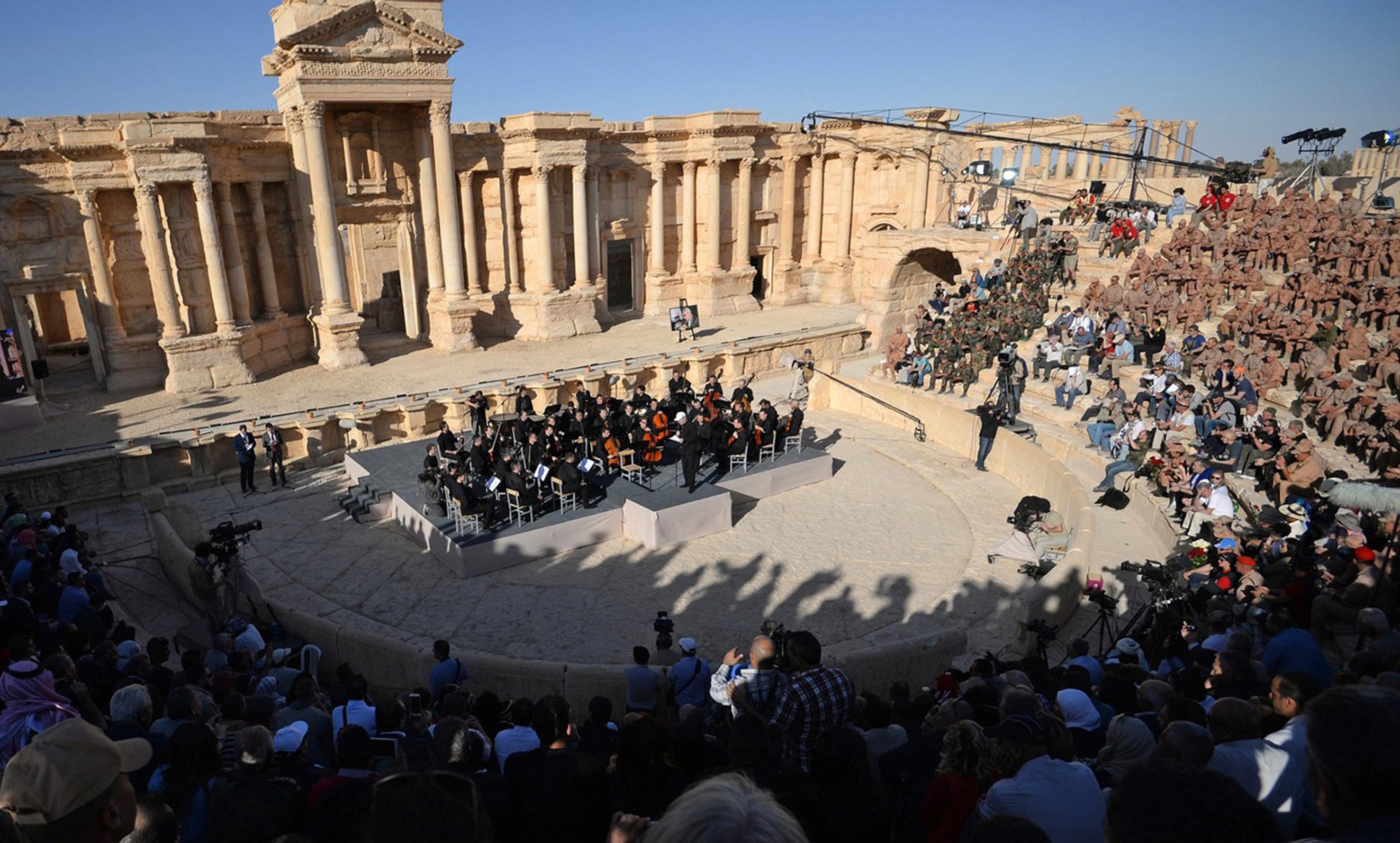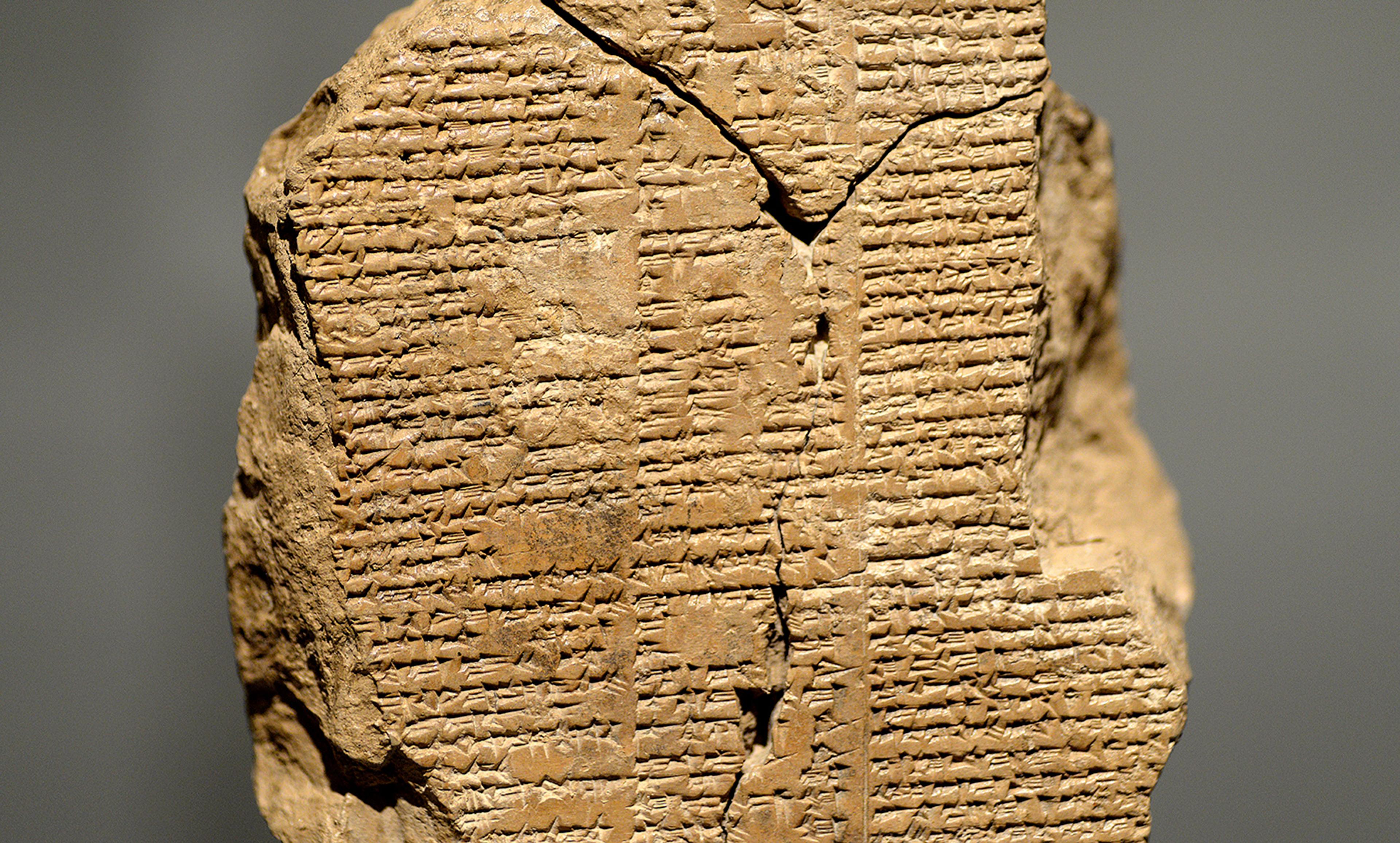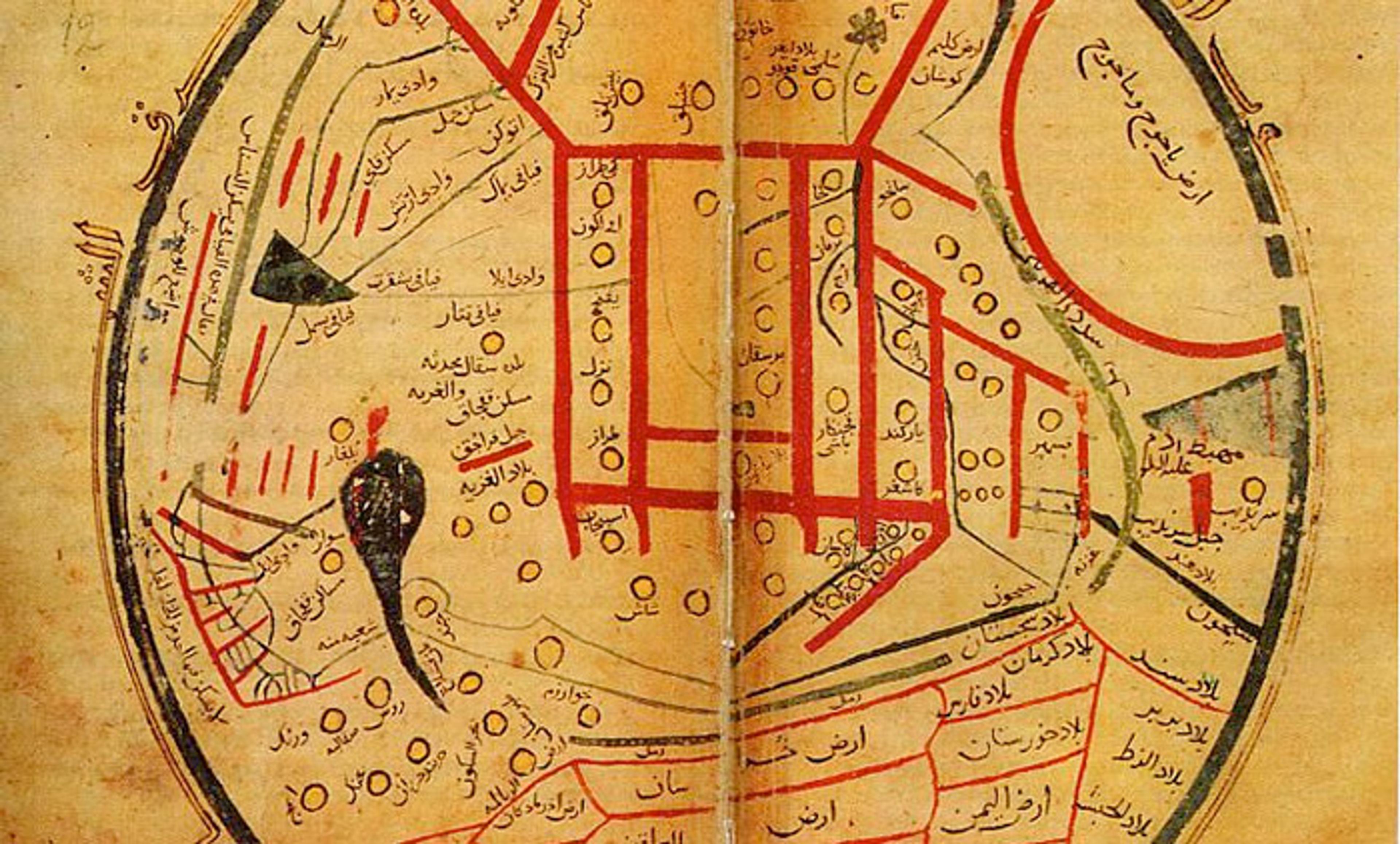Leonard Woolley’s excavation of Ur, 1900. Courtesy Boston Public Library/Wikipedia
In his essay The Machine-Tooled Happyland (1965), Ray Bradbury lays out his vision for the theme park of the future. Along with standard-issue attractions such as carousels and rollercoasters, tomorrow’s theme park must also contain an ‘audio-animatronic museum’, which features ‘Robot Vikings treading the Vinland coastal sands. Caesar, computerised, speaks in the Forum… Napoleon, ticking as quietly as a clockshop, at Waterloo… King John, all hums and oiled whirs at Runnymede, signing Magna Carta.’ The purpose of Bradbury’s strange clockwork odyssey: ‘So that at long last we may begin to believe in every one of man’s many million days upon this Earth.’
Bradbury, ever the keen observer of human nature, noted that many of us often feel that we’re taking history on faith. It can seem unreal; too distant to be relevant. The further back in time we ask our imaginations to stretch, the less we feel we truly know that history happened (as we know who our grandparents are) and the more we believe in its events in an abstract way (as we believe in the existence of quarks and neutrinos, say, or in dark matter). And such a shaky belief in the past can prove immensely perilous when planning for the future.
However, not all civilisations have suffered from this problem. In the 1920s, the British archaeologist Leonard Woolley discovered an ancient temple complex in the ruins of the city of Ur, in what’s now southern Iraq. While the complex’s most recent layers were ‘only’ 2,500 years old, these were built atop crumbling ruins dating back hundreds of years earlier, which were in turn built upon ruins older still – all the way back to the 3800s BCE, the mist-shrouded dawn of literate civilisation, when the Sumerians laid the bricks of their first cities.
In the depths of that temple’s library, Woolley and his team broke into a strange, many-shelved chamber filled with tablets and texts. The excavators could scarcely guess that room’s true significance. For as Woolley and his companions began to catalogue their findings, they realised that many of the artefacts already bore tags and numbers – ancient ones, stamped in clay. The archaeologists had stumbled on the ruins of the world’s first archaeological museum, where a Babylonian priestess named Ennigaldi-Nanna organised, translated, catalogued and categorised hundreds of artefacts from excavations across Mesopotamia.
Ennigaldi-Nanna herself was far from the first to take an interest in her region’s primordial history. Across thousands of years, priests and kings had performed excavations in ruins already vastly ancient when Babylon itself was young. A full 16 centuries before Ennigaldi-Nanna, in the 2100s BCE, priests from Ur visited Sumerian sites such as Eridu – whose earliest temple ruins date back at least to the 5300s BCE, lending Eridu its reputation as the first planned city ever created. There among the rubble of their ancestors’ libraries, those scribes exhumed primeval cuneiform inscriptions, and took home clay impressions of the texts to store in their temple archives; where, centuries later, they would be rediscovered by the scribes of new dynasties.
Throughout the 600s and 500s BCE, Assyrian and Babylonian emperors such as Ashurbanipal and Nebuchadnezzar financed and supervised archaeological digs at revered sites throughout Mesopotamia. Ashurbanipal constructed a vast private library, and even shipped in Egyptian and Hittite scholars to translate texts and transcribe oral traditions from their own civilisations. His goal, as recorded in his own inscriptions, was to possess a copy of every text and oral tradition in the history of the world. While he died without achieving this aim, the emperor did succeed in assembling more texts than the Library of Alexandria.
At the bottom of many texts in his library, Ashurbanipal (or his scribes) added the poignant codicil: ‘[This text is preserved] for the sake of far-distant days.’ This is far more than just a ‘do not disturb’ sign on a tomb, or a dedication ‘for posterity’. It was an explicit acknowledgment that these texts would be curiosities for other civilisations, hundreds or even thousands of years in the future. As it turned out, of course, Ashurbanipal was even more right than he could have guessed.
Living as they did among 2,000-year-old ruins and inscriptions, educated ancient Mesopotamians recognised that, even if their kingdom thrived for a millennium, it too would someday suffer the same fate. Mesopotamia weathered not one, but two dark ages in its tens of centuries of literate history. Surrounded by these cautionary tales from the distant past, Mesopotamian scribes instinctively dispatched messages to their unborn descendants: Voyager Records hurled toward a future they knew they would never see.
But not all great powers live among such warning signs. Today’s richest and most powerful nation is less than 12 generations old, built on a continent where ancient cities are notably hard to come by. And I can tell you, as a lifelong citizen of that nation, that many of its people do not fully grasp the concept of a distant past or future. Few of us ever have reason to count primeval centuries, since our cities contain no streets or buildings of such age. As the American novelist Howard Fast told The New York Times in 2000: ‘Americans have no sense of history. And not much memory.’
In fact, to many people who grow up in the United States (myself included), the Old World tends to feel like a sort of fantasy kingdom. We read about places such as Rome and Cairo, and look at the beautiful illustrations of colonnades and pyramids, and it all seems to be happening on another world from ours, with its glimmering skyscrapers, sprawling malls and purpose-built fast-food restaurants. Three or four centuries is about as far back as our intuitive sense of reality reaches – and 1,000 years feels like an almost mythically long time.
Eventually, though, some Americans (myself included) take trips to lands filled with reminders of the distant past. It can be profoundly disorienting: these ancient cities are actually there. We find ourselves gazing at mythical names such as ‘Athens’ and ‘Rome’ on digital train timetables. We talk with people for whom these fabulous lands are just ordinary, everyday places. We meet families whose ancestors have lived in these cities for centuries; people who still speak the same (or similar) languages as the people who lived there 2,000 years ago; people who attend universities founded in the Middle Ages, and live on streets paved with ancient Roman marble.
In those moments, we children of an infant culture suddenly awaken – often for the first time in our lives – to a world where 1,000-year time-spans are accepted as a matter of course. Standing at the edge of a chasm 30 centuries deep, the whirl of temporal vertigo can overwhelm. And close on the heels of this realisation comes a second one: if mankind’s distant past is this immediate and real, then so, too, must be our distant future.
The English historian B H Liddell Hart wrote in Why Don’t We Learn from History? (1944): ‘There is no excuse for anyone who is not illiterate if he is less than 3,000 years old in mind.’ This is less an admonition to learn from specific events in the past, and more a reminder that our own mighty civilisation exists at a specific time and place within the grander sweep of history. The Roman rhetorician Marcus Tullius Cicero, writing in the first century BCE, put an even finer point on it: ‘To be ignorant of what occurred before you were born is to remain always a child.’
I’m writing this essay from an apartment in Belgrade, the capital of Serbia. From my balcony, I can see the ruins of a Roman fort; a medieval castle; several Orthodox churches built in the 17th century. Across the highway, new skyscrapers rise like megaliths from the skyline of ‘New Belgrade’, and Boeing jets streak across the clouds. And through the middle of all this flows the Danube River, which was here long before any of us arrived, and will nourish the oaks and elms along its banks long after these buildings have crumbled to rusted skeletons.
When we find ourselves taking a childlike view of our place in history, we would do well to take a lesson from those scribes of 3,000 years ago, and recognise that the timeline stretches as far behind us as it stretches ahead. For proof of this, we have only to look to Eridu and Pompeii and Tenochtitlan, and a hundred other dust-swept ruins whose inhabitants hoped their empires would endure forever – but must have known, on some level, that they would not.
As Bradbury’s theme park reminds us, only when we feel the reality of the past can we fully recognise the fragility of the present – and plan in earnest for the sake of far-distant days yet to come.
